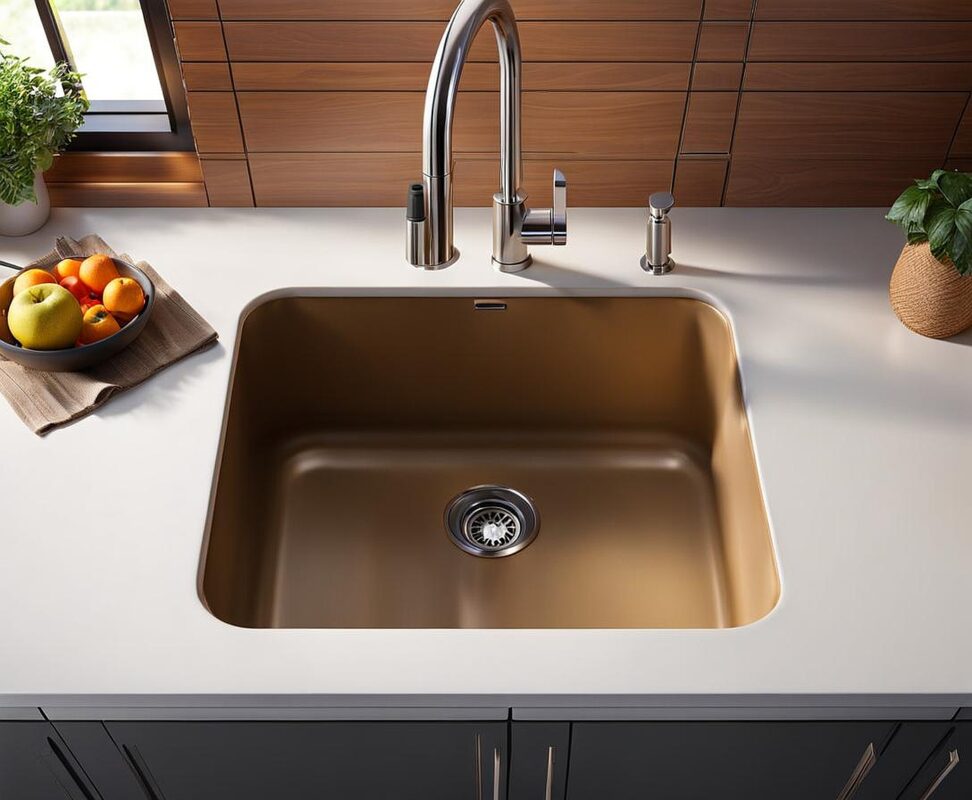Cost Breakdown Replacing Pipes Under Kitchen Sink
It can be difficult to replace pipes under a kitchen sink. However, understanding the cost breakdown can help you plan and budget accordingly. Whether you’re dealing with leaks, corrosion, or simply upgrading to more efficient pipes, this comprehensive guide will provide you with invaluable insights into the financial aspects of replacing pipes under your kitchen sink.
Average Cost to Replace Pipes Under Kitchen Sink
The national average cost to replace pipes under a kitchen sink ranges from $350 to $1,500, with most homeowners spending around $600. This wide range stems from various factors that can influence the overall cost. The type of pipe material you choose, the complexity of the replacement process, labor costs in your area, and any potential repairs or modifications needed all play a significant role.
Common pipe materials and their approximate costs include:

- PVC pipes: $1 to $3 per linear foot
- Copper pipes: $3 to $8 per linear foot
- PEX pipes: $0.50 to $2 per linear foot
While PVC pipes are generally the most affordable option, copper and PEX pipes offer superior durability, longevity, and resistance to corrosion, potentially saving you from frequent replacements in the long run. It’s crucial to consider the upfront costs, as well as the long-term benefits, maintenance requirements, and compatibility with your existing plumbing system for each material.
Additionally, the complexity of the replacement process can significantly impact the overall cost. If your kitchen sink is located in an awkward or difficult-to-access area, or if the existing pipes are heavily corroded or damaged, the labor costs may be higher due to the increased time and effort required.
Preparation and Preliminary Work
Before the actual pipe replacement process can begin, there are several preparatory steps that must be taken. First and foremost, you’ll need to turn off the water supply and drain the existing pipes to prevent any water leakage during the installation. This step may require the assistance of a professional plumber, especially if you’re unfamiliar with the intricate plumbing system in your home.
Next, you’ll need to remove the sink components, such as the faucet, garbage disposal, and any other fixtures, to gain access to the pipes underneath. Depending on the complexity of your kitchen setup, this process can be straightforward or more involved. If drywall or tile removal is necessary, be prepared for additional costs associated with repairing or replacing these materials once the pipe installation is complete.
It’s also essential to assess the condition of the surrounding cabinetry and countertops. If they are damaged or need to be temporarily removed to access the pipes, you may need to factor in the costs of repairing or replacing them as well.
Pipe Installation Process
The actual pipe installation process is a delicate and intricate endeavor that requires precision and attention to detail. A step-by-step overview of the replacement procedure is essential to ensure a seamless and successful outcome.
First, the old pipes will be carefully removed and disposed of properly. Then, the new pipes will be measured, cut, and fitted according to the specific layout of your kitchen sink area. Proper pipe sloping and venting are crucial to prevent clogs, backups, and other plumbing issues down the line. This may involve making adjustments to the existing plumbing layout or routing the new pipes through different paths to ensure optimal drainage and airflow.
In addition to the pipes themselves, you’ll need to account for the costs of a new drain assembly, fittings, connectors, and any other necessary components. These costs can vary depending on the quality and brand of the materials you choose. It’s generally recommended to opt for high-quality, durable components to ensure longevity and minimize the risk of future issues.
If your kitchen sink configuration is particularly complex or requires significant modifications, you may need to hire a professional plumber to handle the installation. While this can increase the overall cost, it can also provide peace of mind and ensure that the job is done correctly, preventing potential problems down the line.
Once the new pipes are installed, the final step involves reinstalling the sink components, such as the faucet, garbage disposal, and any other fixtures that were previously removed. This process may require additional adjustments or modifications to ensure a seamless fit and proper functionality.
After everything is securely in place, the water supply can be turned back on, and the entire system should be thoroughly tested for any leaks or other issues. If any leaks are detected, immediate action must be taken to address them and prevent further damage. In some cases, this may involve additional repairs or adjustments to the newly installed pipes or connections.
Finally, if any drywall, tiles, cabinetry, or countertops were damaged or removed during the pipe replacement process, you’ll need to factor in the costs of repairing or replacing these elements. Depending on the extent of the damage and the materials involved, these costs can vary significantly and may require the expertise of additional professionals, such as drywall installers, tilers, cabinetmakers, or countertop fabricators.
It’s important to note that while the cost of replacing pipes under the kitchen sink can be substantial, it’s a necessary investment in maintaining the functionality and longevity of your plumbing system. Neglecting pipe replacement when needed can lead to more significant and costly issues down the line, such as water damage, mold growth, or even structural damage to your home.
To ensure a smooth and successful pipe replacement process, it’s highly recommended to work with a reputable and experienced plumbing professional. They can provide accurate cost estimates, guide you through the process, and ensure that the job is done correctly and up to code. By investing in quality materials and professional installation, you can safeguard your home and enjoy a reliable and efficient plumbing system for years to come.